SPACES EMBODIED
Press Release
SPACES EMBODIED
SPACES EMBODIED
MAIN SPACE | April 28 to August 4, 2024
People design spaces in order to realise and develop themselves. Whether in a house, studio or flat—the built environment is characterised by individual lifestyles, everyday rituals and personal experiences. The resulting architectural shells promise protection and localisation, but can also evoke a feeling of confinement. The exhibition SPACES EMBODIED sheds light on the complex interactions between people and spaces, particularly in the context of modernity and the present day.
Merging people and space
The selected artistic works deal with various aspects of the relationship between people and space. The focus is on fundamental shifts in housing concepts and living environments over the last hundred years. The exhibited works, some of which are installations, do not view people and space in isolation, but rather understand them as a dynamically interwoven unit. The fusion of people and space is explored in different ways—be it as a physical experience, emotional dependency or instinctive need for protection.
Architecture as a "third skin"
The artists create sophisticated connections between spaces, textiles, bodies and skin, thereby also referring to the metaphor of architecture as a human "third skin". By incorporating elements from fashion design and architecture, they create unfamiliar analogies and effective associations. Various media and processes such as photography, film, painting, weaving and installation are used. The artistic positions are often closely linked to the biographies of the artists and unfold against historical or fictional backgrounds.
The necessity of human-centred architectural design
SPACES EMBODIED takes a look at the early 20th century, but focuses on the present with an outlook into a possible future. It poses questions about the compatibility of social norms with individual life models. The significance of architecture and the role of architects for human existence are just as much a focus as the question of how architectural spaces should be designed to enable different ways of life. The exhibition emphasises the need to place people with their different needs and feelings more at the centre of architectural design. By examining psychological and physical aspects, new impulses for the architecture of the future are to be created.
Artists
Artists
Absalon (1964–93), Shannon Bool (* 1972), Heidi Bucher (1926–93), Eileen Gray (1878–1976), Do Ho Suh (* 1962), Mary Mattingly (* 1978), Tracey Snelling (* 1970), Francesca Woodman (1958–81)
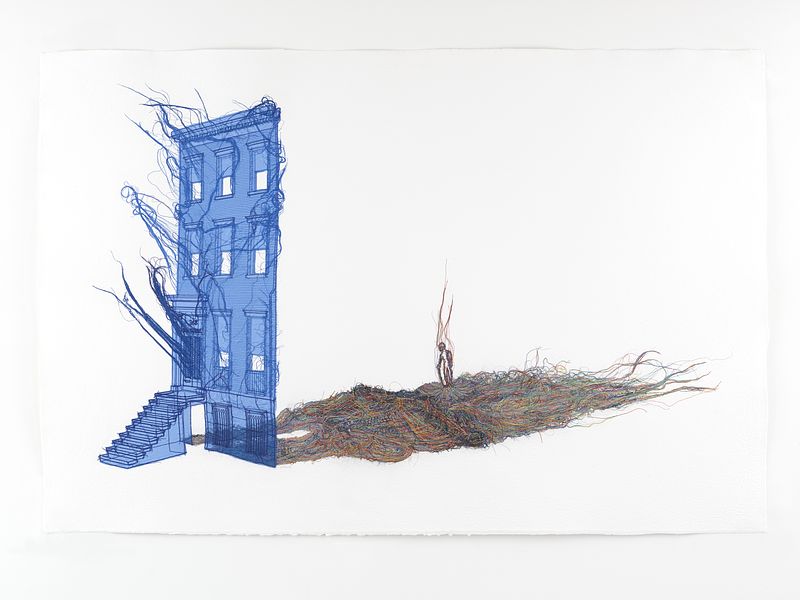
Do Ho Suh, Blueprint, 2014, Privécollectie, Zuid-Korea
| © Do Ho Suh. Image courtesy the artist and Lehmann Maupin, New York, Seoul, and London

RÄUME HAUTNAH
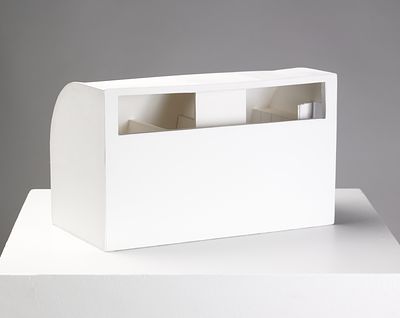
Absalon, Cellule n°4, 1991, Pappe, weiße Farbe
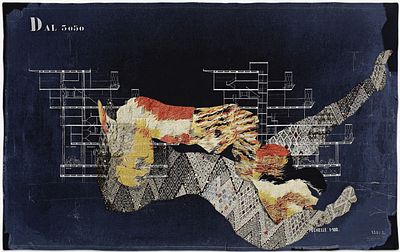
Shannon Bool, Maison locative Ponsik, 2018, Jacquard-Tapisserie, Stickerei, 234 x 310 cm
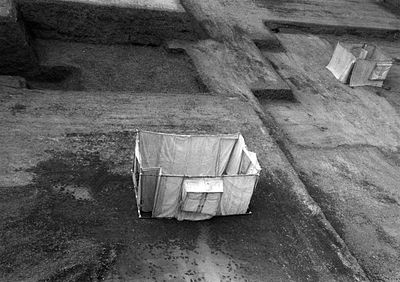
Heidi Bucher, Hautraum in der Grube, Ahnenhaus, 1980, Dokumentationsfoto von Heidi Buchers Häutungen im Ahnenhaus (Obermühle, Winterthur)

Do Ho Suh, Blueprint, 2014, Privécollectie, Zuid-Korea
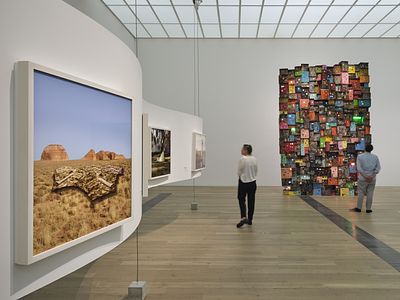
Tentoonstellingsaanzicht RUIMTEN DICHT OP DE HUID
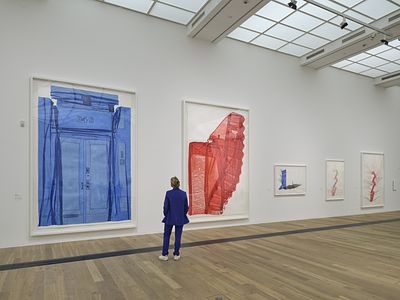
Tentoonstellingsaanzicht RUIMTEN DICHT OP DE HUID
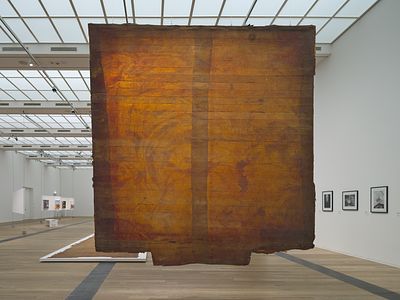
Tentoonstellingsaanzicht RUIMTEN DICHT OP DE HUID
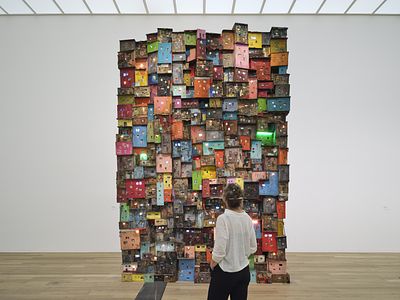
Tentoonstellingsaanzicht RUIMTEN DICHT OP DE HUID